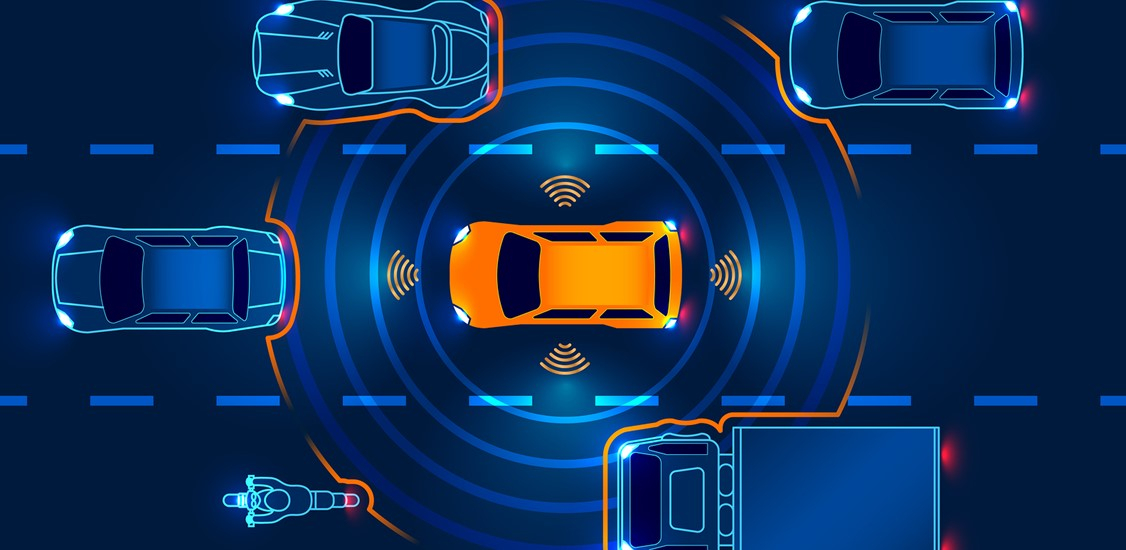Higher bandwidth and lower latency will produce faster insights for efficient and accurate planning
As 5G networks arrive in cities worldwide, state and city officials will receive massive support from the network upgrade to assist them in improving the public transportation space through:
- Higher bandwidth
- Lower latency
- Ability to connect an Increased number of connected devices
- Increased network stability
5G will be an enabling capability that shifts the paradigm for thinking about how hardware and software solutions are deployed and utilized by city planners, network operators, and emergency and safety workers.
Safety
Major cities are blanketed with citywide cameras that typically serve a single purpose. Today’s technological advancements have allowed cities to turn these limited ability cameras into smart cameras with computer vision analytics capabilities for traffic surveying and public safety monitoring. Teams can now be equipped with visual reach at scale.
Take trains, for example. With the speed and ultra-low latency of 5G, enhanced cameras with real-time insights position security personnel to make decisions immediately on matters that pose a potential threat to passengers' safety such as identifying unidentified or abandoned luggage.
Additionally, technicians can analyze the real-time visual data from a connected camera network in underground tunnels to gain more insight into potential safety issues with railway tracks.
In light of COVID-19, these 5G connected cameras provide safety personnel with insights on how to enforce social distancing guidelines more effectively. Based on the data, decisions can be made to determine where additional "please wear your mask" signage needs to be placed or utilizing physical barriers for better crowd management to decrease overcrowding.
As 5G improves operations behind the scenes, public transportation passengers will experience a new level of network reliability during their commutes as life and work aren't paused due to poor connectivity from personal (hotspot device) or city-provided Wi-Fi.
Improving the flow of traffic and movement
One word that sends chills down the spine of any person: traffic. We've all accepted this reality in everyday commuting, but 5G will be the remedy to alleviating it from our daily lives.
According to IoT Business News, most transportation agencies rely on outdated schedules and technology, resulting in poorly-timed lightsand ultimately, traffic congestion.
Putting a city's traffic management system onto a 5G network, network operators can analyze real-time data capture on the streets' actuality. This capability enables them to make data-backed decisions that will improve the flow of traffic. These decisions will also improve pedestrian movement with shorter crosswalk wait times thus reducing jaywalking occurrences and ultimately decreasing vehicle-pedestrian accidents that stem from jaywalking.
Looking ahead
Taking note of the recent announcement from Vodafone Business to roll out distributed multi-access edge computing services with AWS Wavelength, the maturing of 5G networks with edge computing capabilities offers a myriad of possibilities for the public transportation space.
5G networks will close the input-output loop thanks to high-speed and ultra-low latency data transferring occuring in the cloud. As a result, we will be able more effectively to detect incidents in public spaces and receive timely alerts for safety.


















